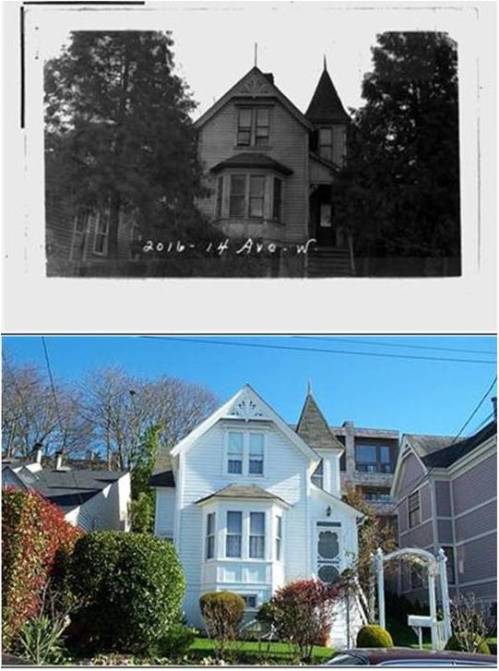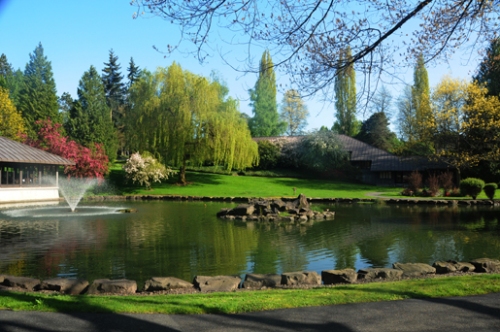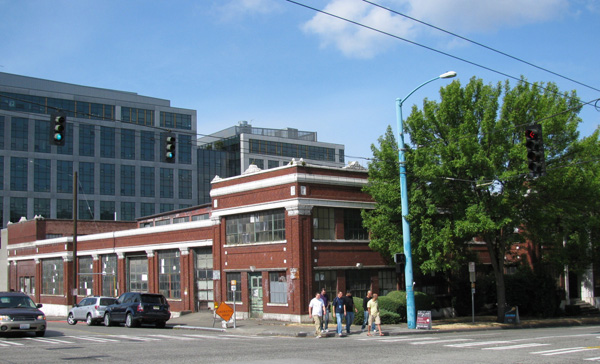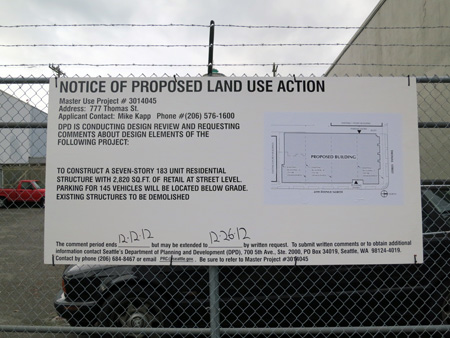Seattle 2035 Comprehensive Plan
ADVOCACY ALERT: SEATTLE 2035 DRAFT ENVIRONMENTAL IMPACT STATEMENT (DEIS) PUBLIC COMMENTS DUE BY JUNE 18th
ENSURE THAT PRESERVATION PLAYS A ROLE IN SHAPING THE CITY’S FUTURE!
Submit Your Comments to the City
Help Historic Seattle and other preservation advocates by weighing in on the City’s Comprehensive Plan update!
The City of Seattle recently released their Draft Environmental Impact Statement (DEIS) for the city’s Comprehensive Plan (Comp Plan) update, known as Seattle 2035. The Comp Plan will serve as our roadmap to achieving the future vision we want over the next 20 years, while preserving and improving our neighborhoods. Seattle 2035 covers things like land use, transportation, housing, environment, neighborhood planning, economic development, and urban design.
You can visit the online open house to explore the elements of the DEIS.
The Department of Planning and Development (DPD) is seeking public input on Seattle 2035. The public comment period will run until June 18, 2015. Please send your comments on the Draft EIS to make sure that preservation plays a role in shaping the City’s future growth!
Send your comments via email by Thursday, June 18, 2015, to Gordon Clowers at [email protected].
Contact DPD today! Here are some key points:
- The Draft EIS proposal states that “All Comprehensive Plan elements will be reviewed and updated as part of the proposal.” The draft does not address Economic Development, Neighborhood Planning, Cultural Resource, and Urban Design.
- The current plan includes preservation under the “Cultural Resource” element (CR11-CR16). The new Comp Plan replaces “Cultural Resource” with an “Arts and Culture” element. This new element focuses on art (public art, cultural space, arts education, creative economy, creative placemaking) and seems to eliminate historic preservation and protection of cultural resources. How will preservation be included in the future Comp Plan? How are the city’s existing preservation policies and regulations being addressed?
- The “Environment” element addresses environmental stewardship, one of the plan’s core values. Environmental stewardship is primarily defined within the context of the natural environment (air, land, and water resources) and not built environment. The analysis should address the role of preservation vs demolition in terms of environmental stewardship.






